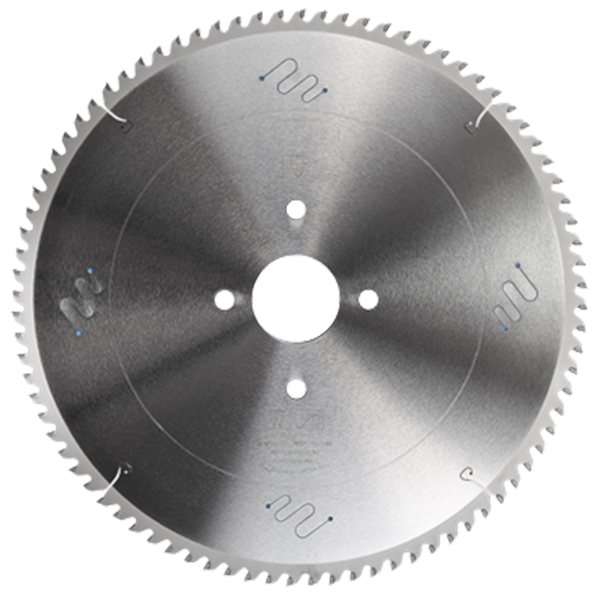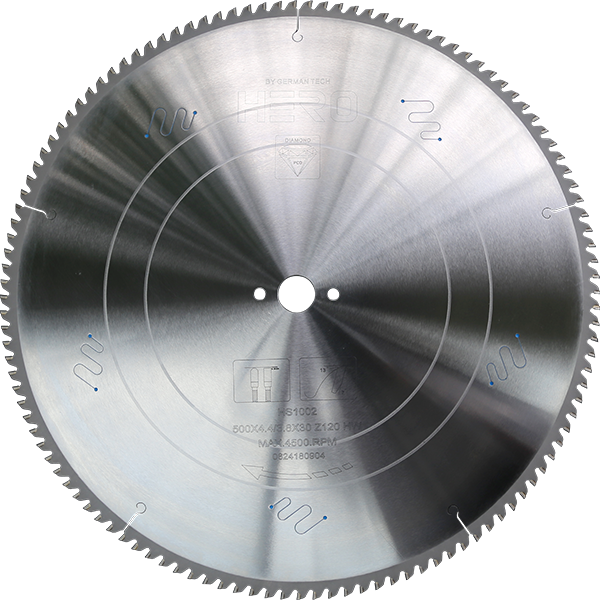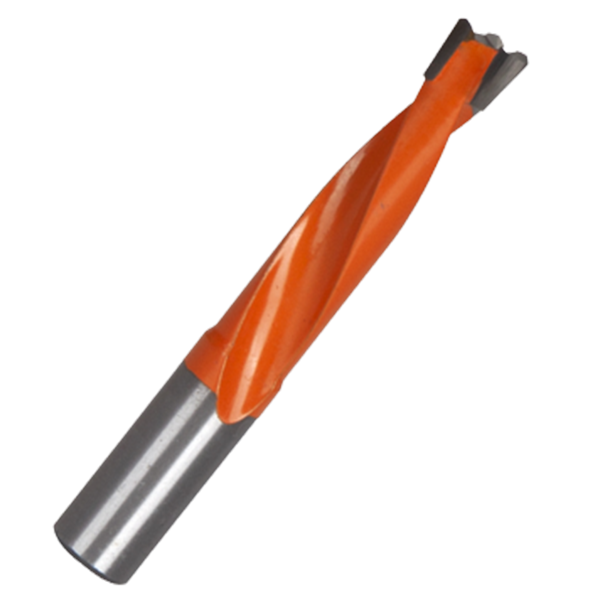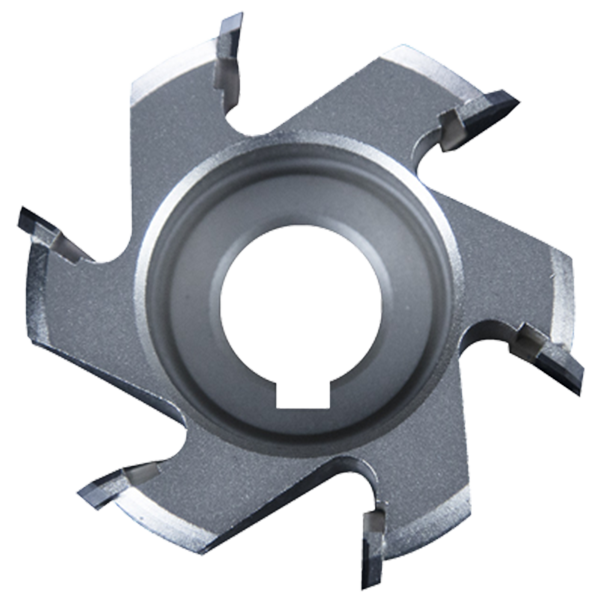Circular saws are incredibly useful tools that can be used for all manner of DIY projects. You probably use yours multiple times throughout the year to cut various items, after a while, the blade will get dull. Rather than replacing it, you can get the most out of each blade by sharpening it. If you’re not sure how to sharpen a circular saw blade, we’ve put together this handy guide.
Signs a saw blade needs sharpening
Before you start sharpening your blades, it’s best to make sure they definitely need doing first. Signs that your blade needs sharpening include:
Poor cutting finish – dull blades can cause wood and metal to chip, resulting in a poor finish that is not smooth or neat
More effort required – an effective saw blade should cut through hard materials like a knife through butter, but a dull blade will require far more effort on your part
Burn marks – dull blades require you to apply more pressure to the saw to make the cut and this creates friction which can then lead to unsightly burn marks
Burning smell – if you smell burning when using your circular saw, it is likely that a dull blade is forcing the motor to work harder, creating a burning smell, or even smoke
Dirt – saw blades should be shiny. If yours is not, it probably needs a clean and sharpening to prevent friction
If you notice any of the above signs, it’s likely high time to sharpen your blade. Not every blade can be sharpened, though. Sometimes, replacement saw blades are needed. Signs you need a replacement rather than a sharpener include:
Warped teeth
Chipped teeth
Missing teeth
Rounded teeth
For the best performance, if you notice any of the above damages, it’s best to replace your TCT circular wood saw blades.
How to sharpen a saw blade
Once you’ve correctly identified saw blade sharpening as the best option for you, you need to learn how to do it. Carbide saw blades can be easily damaged, so a lot of people opt to have them done professionally instead. That being said, it is possible to sharpen saw blades yourself and, aside from precision and patience, it’s not as hard as you might think.
You will need:
Taper file
Vice
You may choose to wear gloves for added protection. Once you’ve got everything you need, you can begin.
Remove the saw blade from the saw and secure it in the vice
Make a mark on the tooth you’re beginning with
Lay the taper file flat at a 90˚ angle underneath the saw tooth
Hold the file with one hand at the base and one hand on the tip
Move the file horizontally – two to four strokes should be sufficient
Repeat the step on the following teeth until you get back to the first one
Taper files are effective circular saw blade sharpener tools, and it is an effective method that is easy to pick up, but it can be time-consuming. If you don’t have the time, or if you have an expensive blade that you want to preserve, it might be worth looking at getting it sharpened professionally.
Why sharpen saw blades?
You might be wondering if it’s easier to just buy new saw blades instead of going through the hassle of sharpening your existing ones. Whether you use your saw regularly or occasionally, knowing how to sharpen TCT circular saw blades can save you money. As a general rule of thumb, blades can be sharpened three times before they need replacing entirely.
Depending on the type of blades you purchase, this could save you a considerable amount. Those who don’t use their saws too often can likely go a year or more until they need to sharpen it, but those who use it regularly can usually get a few weeks out of each sharp blade.
Regardless, every blade needs to be clean.
How to clean saw blades
A lot of saw blades appear dull because they are dirty. As previously mentioned, blades should be shiny for the very best results. If yours is looking tinted or grimy, you will need to clean it, and here’s how:
Fill a container with one part degreaser (Simple Green is popular as it is biodegradable and works exceptionally well) and two parts water
Remove the blade from the saw and leave it to soak in the container for a few minutes
Use a toothbrush to scrub excess debris, residue and pitch from the saw blade
Remove the blade and rinse it
Dry the blade with a paper towel
Coat the saw blade with an anti-rusting agent such as WD-40
The above steps should keep your saw blades in fine condition and may reduce the number of times you need to sharpen or replace the blades.
Post time: Feb-21-2023








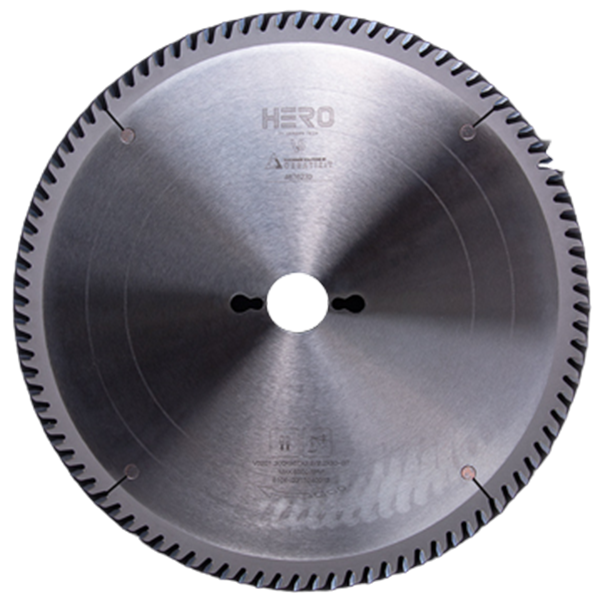 TCT Saw Blade
TCT Saw Blade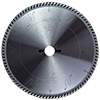 HERO Sizing Saw Blade
HERO Sizing Saw Blade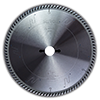 HERO Panel Sizing Saw
HERO Panel Sizing Saw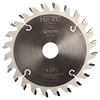 HERO Scoring Saw Blade
HERO Scoring Saw Blade HERO Solid Wood Saw Blade
HERO Solid Wood Saw Blade HERO Aluminum Saw
HERO Aluminum Saw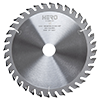 Grooving Saw
Grooving Saw Steel Profile Saw
Steel Profile Saw Edge Bander Saw
Edge Bander Saw Acrylic Saw
Acrylic Saw PCD Saw Blade
PCD Saw Blade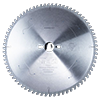 PCD Sizing Saw Blade
PCD Sizing Saw Blade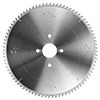 PCD Panel Sizing Saw
PCD Panel Sizing Saw PCD Scoring Saw Blade
PCD Scoring Saw Blade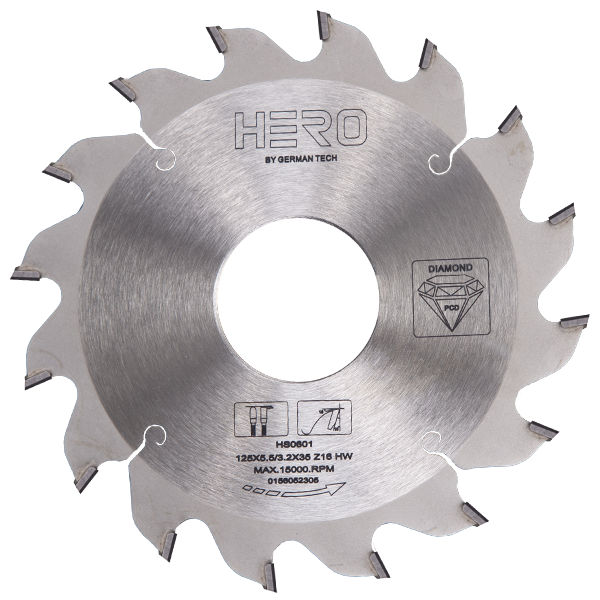 PCD Grooving Saw
PCD Grooving Saw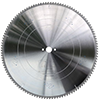 PCD Aluminum Saw
PCD Aluminum Saw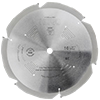 PCD Fiberboard Saw
PCD Fiberboard Saw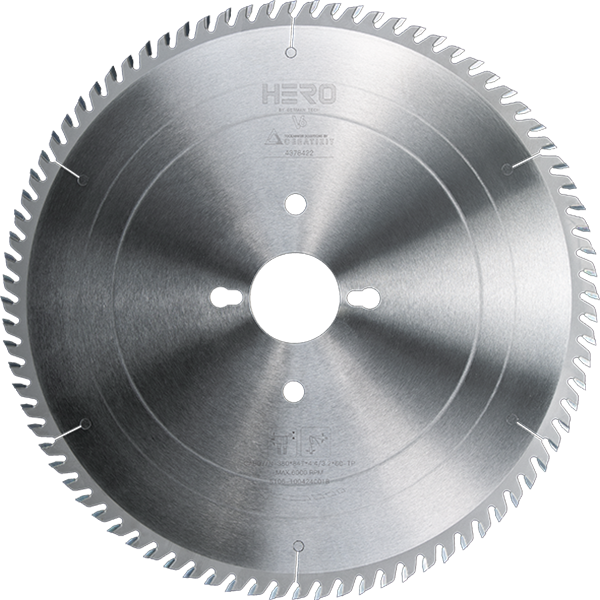 Cold Saw for Metal
Cold Saw for Metal Cold Saw Blade for Ferrous Metal
Cold Saw Blade for Ferrous Metal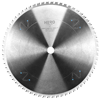 Dry Cut Saw Blade for Ferrous Metal
Dry Cut Saw Blade for Ferrous Metal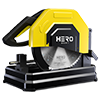 Cold Saw Machine
Cold Saw Machine Drill Bits
Drill Bits Dowel Drill Bits
Dowel Drill Bits Through Drill Bits
Through Drill Bits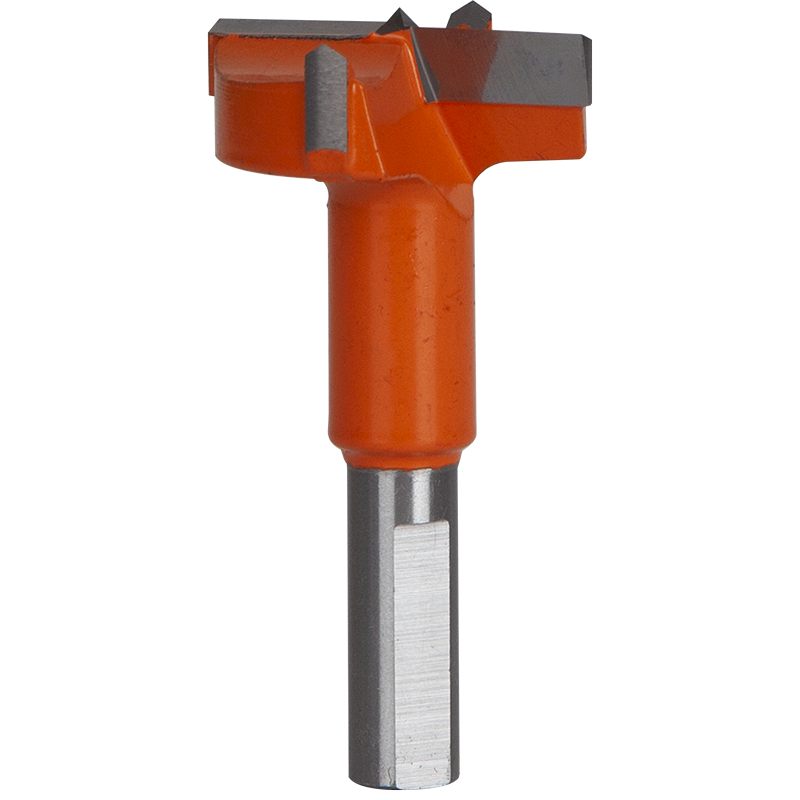 Hinge Drill Bits
Hinge Drill Bits TCT Step Drill Bits
TCT Step Drill Bits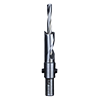 HSS Drill Bits/ Mortise Bits
HSS Drill Bits/ Mortise Bits Router Bits
Router Bits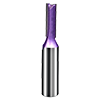 Straight Bits
Straight Bits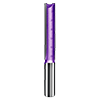 Longer Straight Bits
Longer Straight Bits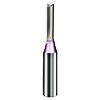 TCT Straight Bits
TCT Straight Bits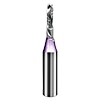 M16 Straight Bits
M16 Straight Bits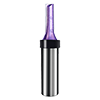 TCT X Straight Bits
TCT X Straight Bits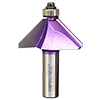 45 Degree Chamfer Bit
45 Degree Chamfer Bit Carving Bit
Carving Bit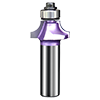 Corner Round Bit
Corner Round Bit PCD Router Bits
PCD Router Bits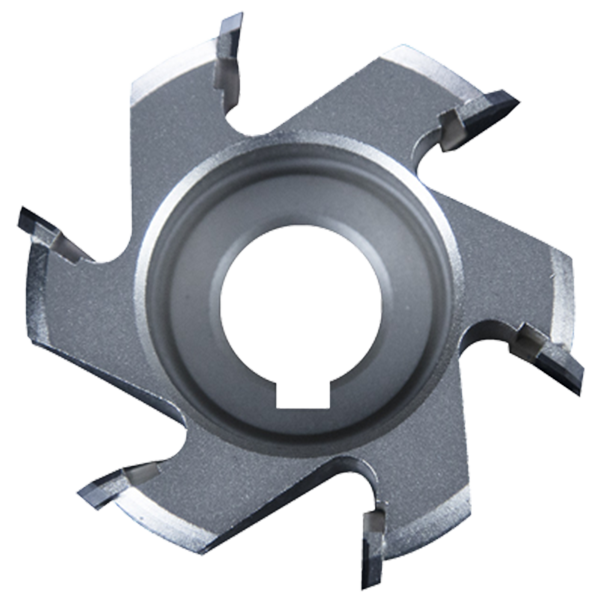 Edge Banding Tools
Edge Banding Tools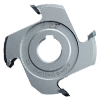 TCT Fine Trimming Cutter
TCT Fine Trimming Cutter TCT Pre Milling Cutter
TCT Pre Milling Cutter Edge Bander Saw
Edge Bander Saw PCD Fine Trimming Cutter
PCD Fine Trimming Cutter PCD Pre Milling Cutter
PCD Pre Milling Cutter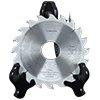 PCD Edge Bander Saw
PCD Edge Bander Saw Other Tools & Accessories
Other Tools & Accessories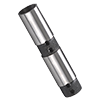 Drill Adapters
Drill Adapters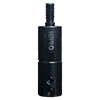 Drill Chucks
Drill Chucks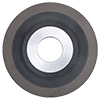 Diamond Sand Wheel
Diamond Sand Wheel Planer Knives
Planer Knives
